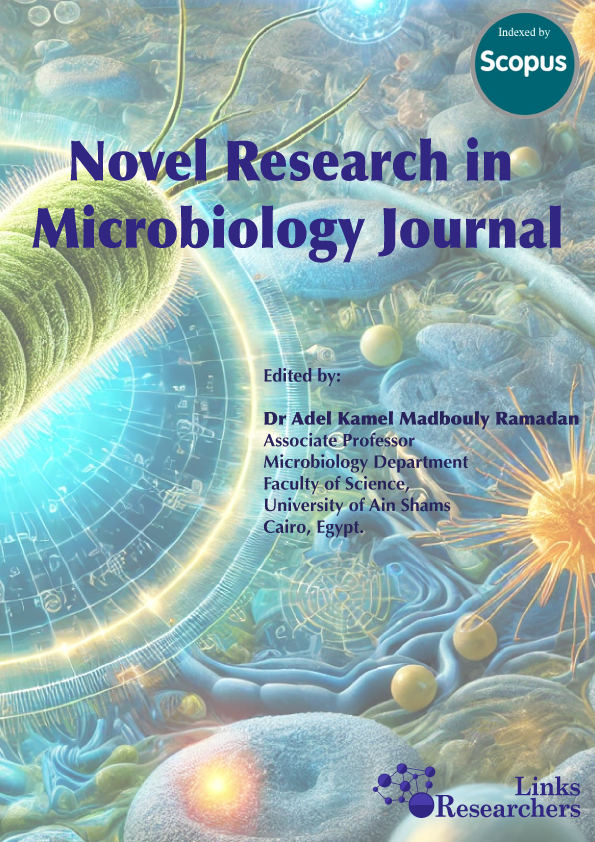The purpose of this review article was to provide a concise overview of the current
researches on the topic of in-situ microbial remediation of heavy metals (HM) in the industrial
wastewater. Due to the ever-expanding industrial sector; groundwater contamination by HM is
a global environmental crisis. Heavy metals; environmental pollution, and the adaptive
mechanisms that allow the bacteria to thrive in the metal-contaminated environments, have all
been linked to the dramatic shifts in the microbial diversity, which are observed during the
microbial restoration. It has been suggested that in situ bioremediation (ISB) can help with the
emerging contamination problems; as the bacteria can be used to clean up the polluted areas.
In the future, the researchers should pay more attention to the assessment methodologies for
determining the success of remediation using ISB technology. Bio-remediation is only
effective if the polluted area is properly characterized; the appropriate microbial species is
chosen, and the harmful metals are easily accessible for absorption. This new technology uses
bacteria to remove the harmful metals from the environment at a low cost. This study analyzes
the effectiveness of bioremediation using microorganisms; using unique methodologies and
integrated assessment methods. In addition to providing an overview of ISB for pollutant(s)
elimination; this review is useful for comprehending the primary functions of microorganisms
in this process.






